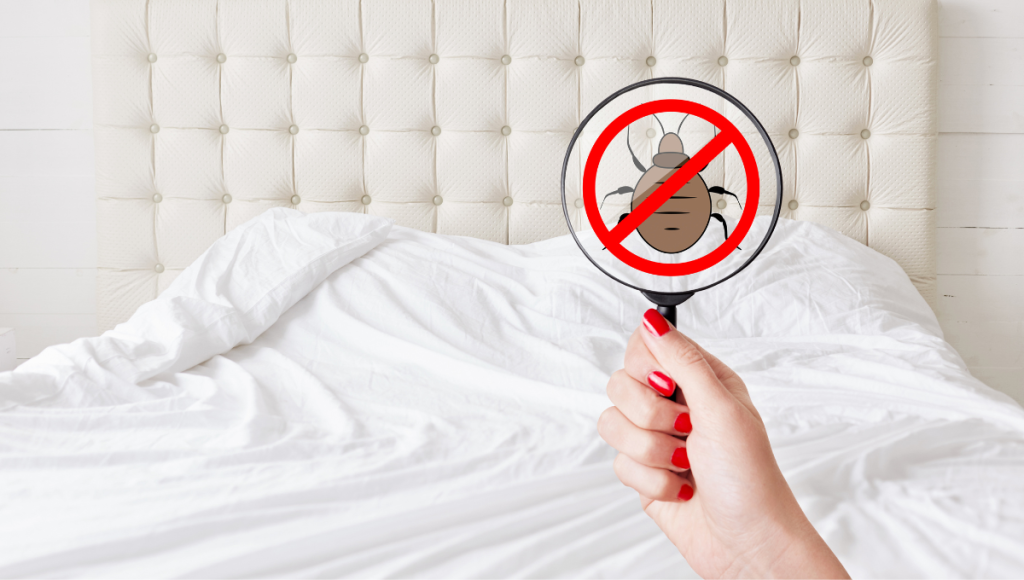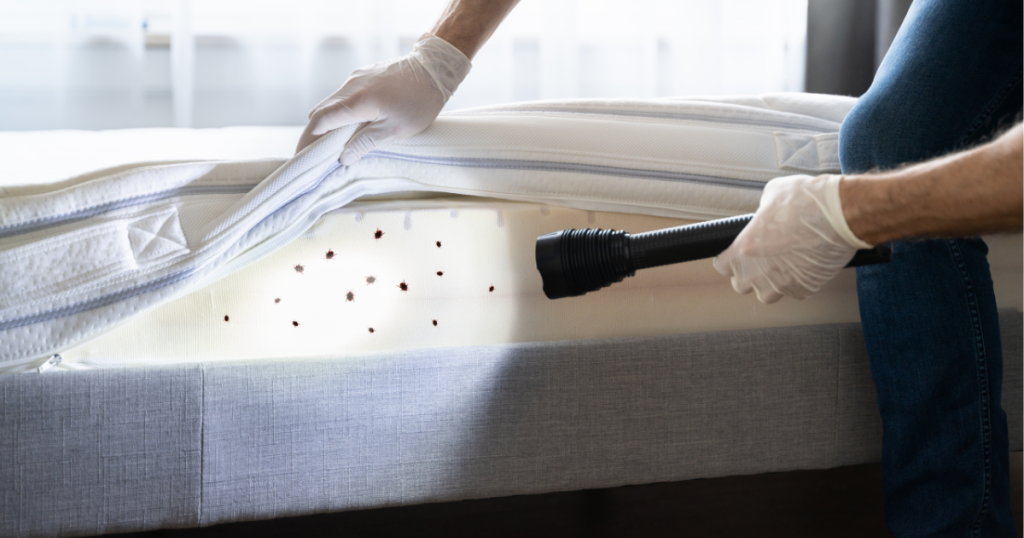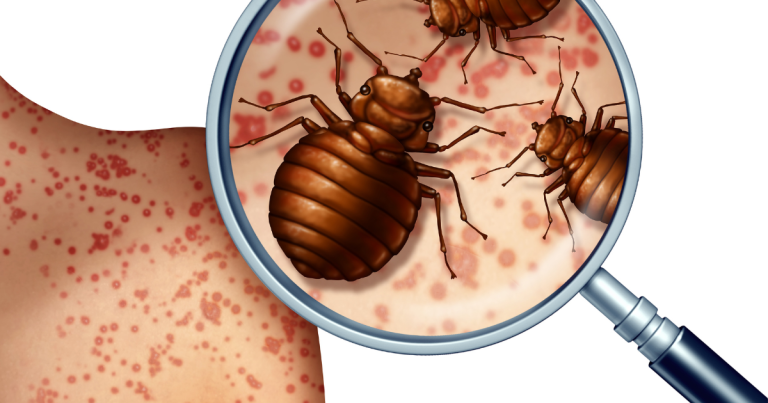
Can Bed Bugs Live In Foam Mattresses?
Curious about the compatibility of bed bugs and foam mattresses? These resilient pests seem to find a cozy haven in foam bedding, challenging the sanctity of our sleep spaces.
Unveiling Bed Bug Secret
When it comes to bed bugs, many people assume that these pesky insects only thrive in traditional mattresses made of coils and springs. However, the reality is that bed bugs can indeed live in foam mattresses, and it’s essential to understand how they do so to prevent infestations.
Table of Contents
ToggleWhat Are Bed Bugs?
Before diving into the world of foam mattresses and bed bugs, it’s crucial to understand what bed bugs are and how they behave. Bed bugs are small, flat, parasitic insects that feed on the blood of humans and other warm-blooded animals. They are reddish-brown in color, about 4-5 millimeters long, and have a distinctive oval shape. Bed bugs are notorious for their ability to hide in tiny crevices and cracks, making them difficult to detect and eliminate.

How Do Bed Bugs Live in Foam Mattresses?
Foam mattresses, also known as memory foam mattresses, are made from a type of polyurethane foam that is designed to conform to the shape of the body. While these mattresses are known for their comfort and support, they can also provide a perfect environment for bed bugs to thrive.
Here are some reasons why bed bugs can live in foam mattresses:
- Pores and Cavities:
Foam mattresses have tiny pores and cavities that can provide a hiding place for bed bugs. These insects can squeeze themselves into these small spaces, making them difficult to detect and remove.
- Soft and Plush:
Foam mattresses are designed to be soft and plush, which can make it easier for bed bugs to crawl and move around. This softness can also make it challenging to detect bed bugs, as they can blend in with the mattress’s texture.
- Moisture Retention:
Foam mattresses can retain moisture, which is essential for bed bugs to survive. Bed bugs need a certain level of humidity to thrive, and foam mattresses can provide this environment.
- Lack of Ventilation:
Foam mattresses can be prone to poor ventilation, which can create an ideal environment for bed bugs. Bed bugs thrive in areas with low airflow, as this allows them to maintain a consistent temperature and humidity level.
How to Prevent Bed Bugs in Foam Mattresses?
While it’s essential to understand how bed bugs can live in foam mattresses, it’s equally important to know how to prevent infestations. Here are some tips to help you prevent bed bugs in your foam mattress:
- Regularly Inspect Your Mattress:
Regularly inspect your foam mattress for signs of bed bugs, such as small, red-brown spots or bloodstains. Check for live bed bugs, especially around the seams and edges of the mattress.
- Use a Bed Bug-Proof Mattress Cover:
Use a bed bug-proof mattress cover to prevent bed bugs from penetrating the mattress. These covers are designed to be impenetrable to bed bugs and can help prevent infestations.
- Keep Your Bedroom Clean and Clutter-Free:
Keep your bedroom clean and clutter-free to reduce the likelihood of bed bugs infesting your mattress. Remove any clutter, dust, or debris that can provide a hiding place for bed bugs.
- Use a Dehumidifier:
Use a dehumidifier in your bedroom to reduce the moisture levels. Bed bugs thrive in areas with high humidity, so reducing the moisture can make it less likely for them to infest your mattress.
- Wash and Dry Bedding Regularly:
Wash and dry your bedding regularly to prevent bed bugs from spreading to other areas of your home. Use hot water and high heat to kill bed bugs and their eggs.
How to Treat Bed Bug Bites?
Bed bug bites can be itchy and uncomfortable, but they can be treated at home. Here’s a step-by-step guide:
- Clean the Bites:
Wash the affected area with soap and water to prevent infection.
- Apply Calamine Lotion:
Apply calamine lotion or hydrocortisone cream to reduce itching and inflammation.
- Use Cold Compress:
Apply a cold compress or an ice pack wrapped in a cloth to reduce swelling and itching.
- Take an Antihistamine:
Take an antihistamine, such as diphenhydramine, to relieve itching and reduce the risk of infection.
- Avoid Scratching:
Avoid scratching the bites as much as possible to prevent infection and further irritation.

Final Words
Bed bugs can indeed live in foam mattresses, and it’s essential to understand how they do so to prevent infestations. By knowing the reasons why bed bugs thrive in foam mattresses and taking preventative measures, you can reduce the likelihood of bed bugs infesting your mattress. Remember to regularly inspect your mattress, use a bed bug-proof mattress cover, keep your bedroom clean and clutter-free, use a dehumidifier, and wash and dry bedding regularly to prevent bed bugs from taking over your foam mattress.
Frequently Asked Questions
Yes, bed bugs can survive in foam mattresses, but they prefer the outer layers, seams, and crevices rather than the dense foam core. They are attracted to warmth, carbon dioxide, and blood, making foam mattresses a potential habitat for these unwelcome pests.
Bed bugs hate the smell of peppermint oil the most. This strong and refreshing scent is a powerful deterrent that can effectively keep bed bugs away from your home and bedding.
You can tell if a mattress has bed bugs by looking for signs such as tiny dark spots (bed bug droppings), blood stains, and live bed bugs. Additionally, check for eggs, shell casings, and a sweet, musty odor, which are all indicators of a bed bug infestation.
Hybrid mattresses, which combine innerspring coils with memory foam or latex layers, are less likely to harbor bed bugs due to their dense materials and fewer hiding spots. Latex mattresses, made from natural latex foam, are also less conducive to bed bugs as they create an environment less favorable for their survival and reproduction.
